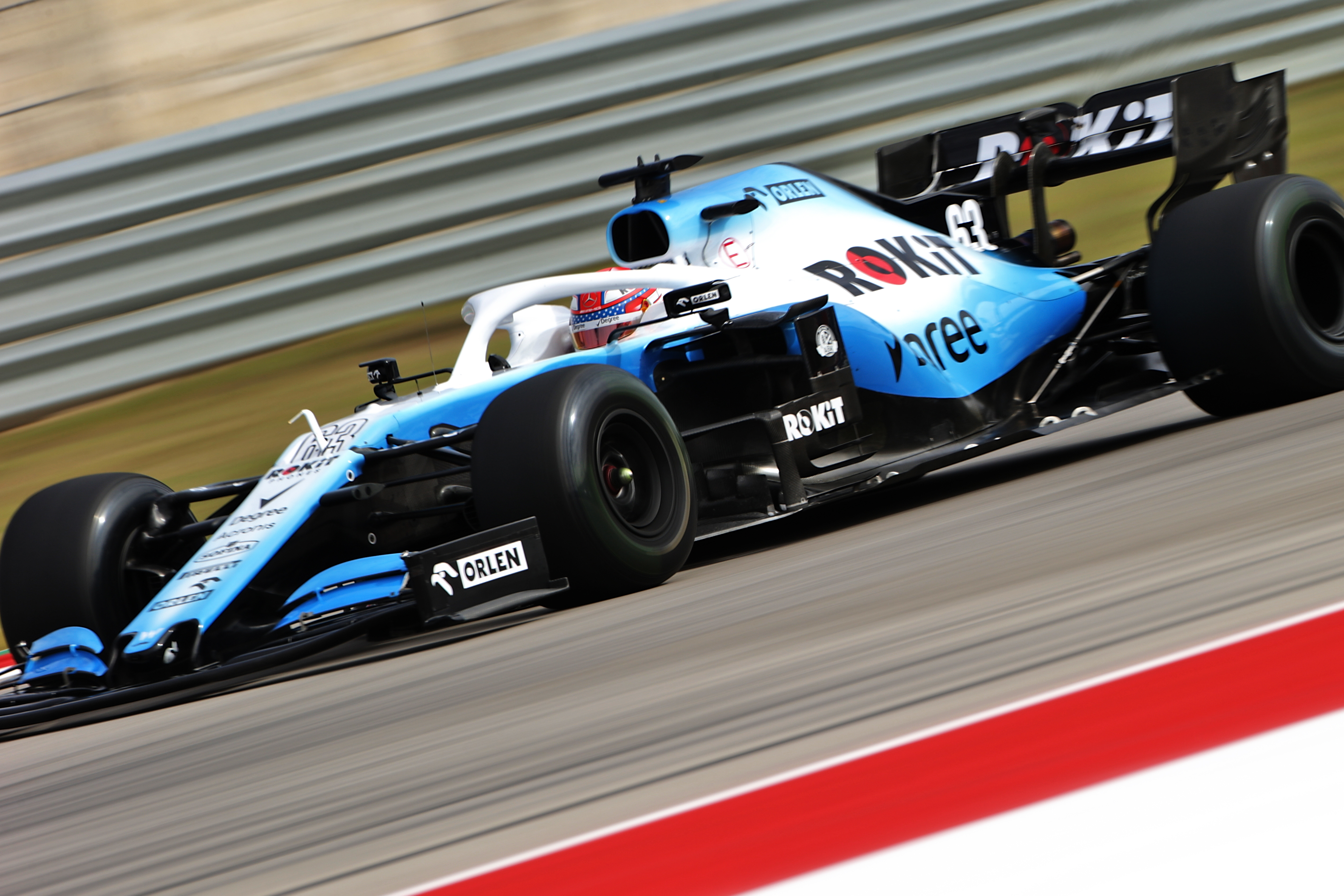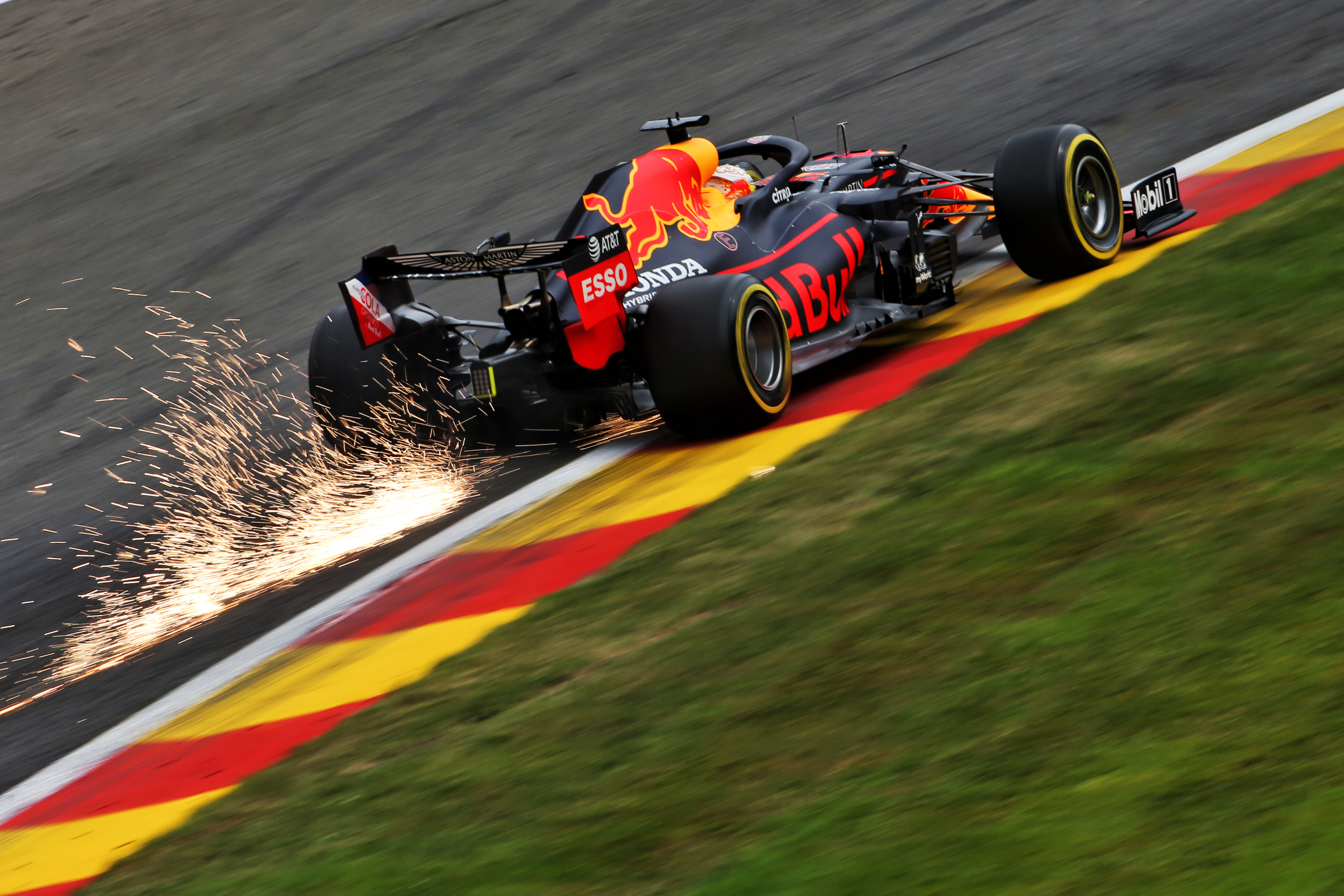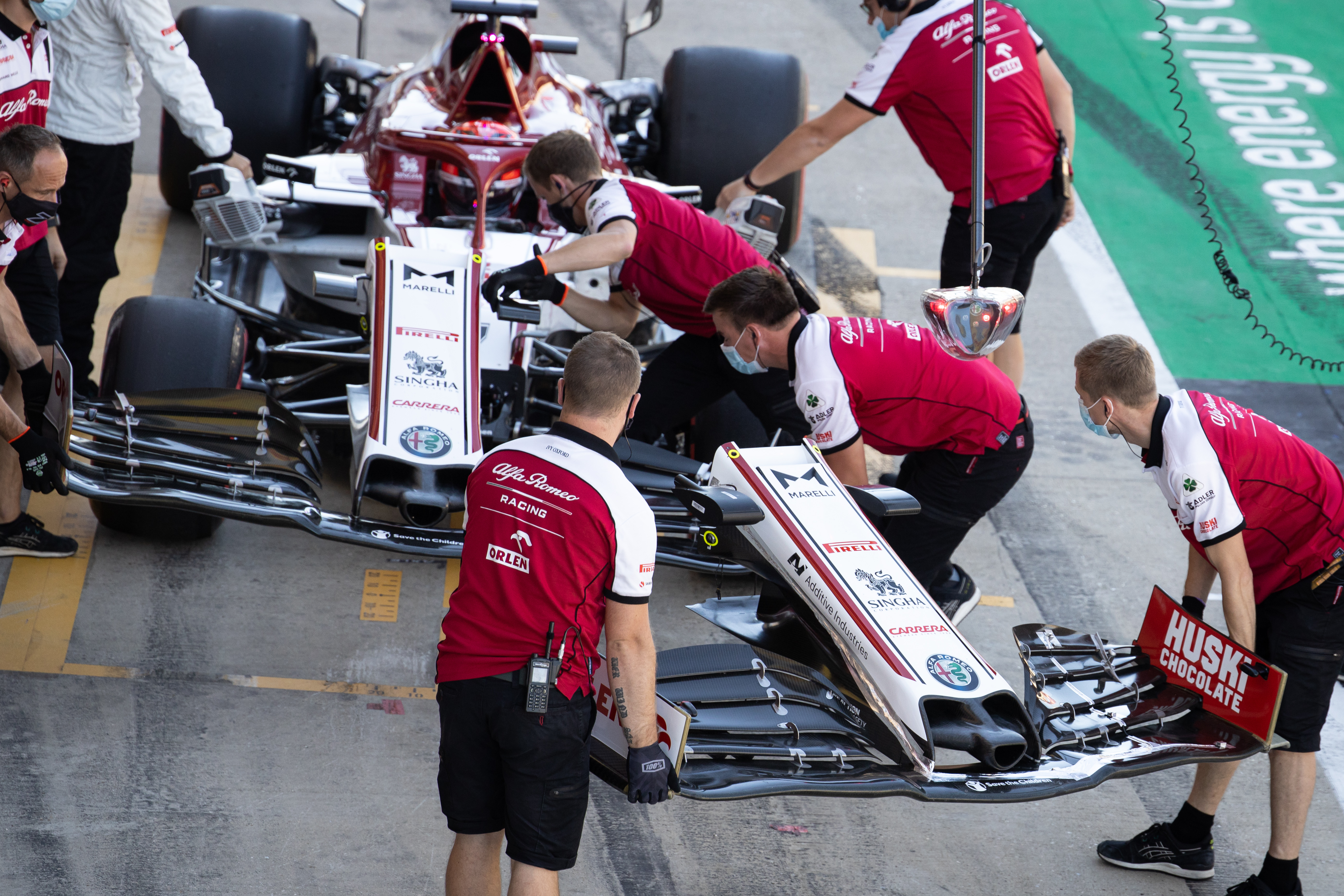Up Next

Because of the situation this year with COVID-19 and new rules coming in for 2022, I thought overall Formula 1 made a fairly positive decision to restrict the development of the teams’ 2020 cars heading into 2021.
Together, they came up with this token system that meant you could still develop the areas where you had problems but you had to pay a price – but it wasn’t coming from bottomless pockets as we have seen in the past. Lately, this has become controversial but the general intention was to make sure the teams survived what could have been and probably still is a huge financial hit in 2020.
How wrong I was. Now the FIA has stepped in and issued a list of mandatory aerodynamic changes that the cars will have to comply with for 2021 and that will cost money. Most of these changes are contrary to the basic concept that has been chosen for the 2022 cars, which are all about simplifying the aerodynamics, producing the majority of the downforce from underneath the car (ground effect) and reducing turbulence to make the racing better.
Confused why this is happening? Well, so am I.
Pirelli developed a tyre for 2020 (pictured below) to withstand the increased load for these high-downforce cars, but the teams rejected it. Would it have been better? Who knows, but it was effort in the right direction and it was wasted because the teams and drivers didn’t feel the performance was as good when they first tried the new rubber.

Pirelli needs as much help as the teams in surviving this pandemic. Its income has suffered hugely, just the same as the teams. It is the sole tyre supplier in F1, which has been set an objective by the FIA and F1 to produce a tyre that could possibly increase competition through the field.
However, the last thing it needs is for that product to be criticised by the drivers or for them to have visual safety concerns.
The changes are to compensate for the fact that load on the tyres has dramatically increased, with the vertical and lateral load at the apex of Copse corner at Silverstone apparently having doubled from 2011 to 2020.
We already knew that there would be some minor changes to the floor to tackle this, but these plans have been expanded.
“We will eliminate some slots on the side of the car, on the edge of the floor,” said FIA head of single-seater technical matters Nikolas Tombazis. “We will make the rear brake duct winglets, this cascade that lies at the bottom of the rear brake ducts, 40 millimetres narrower.
“And the diffuser fences that are further inboard and go down to the reference plane, they will be chopped up by 50 millimetres.”
The idea is to eliminate 4-5% of the car’s overall downforce, with the other half of the reduction achieved by the floor changes previously introduced – so a reduction of 10%.
“Clearly it’s an inexact science because we don’t know how much teams will find performance and we don’t know the exact effects, but these are estimates,” said Tombazis.

From my point of view, it is not a question of is it correct to introduce changes at a time when regulation stability was required for survival, and even the seemingly small floor changes approved in May have forced teams to spend significantly to react to the impact on the aerodynamics – but a question of how they are going about that downforce reduction.
All of these changes go against the philosophy of the changes for 2022. They will have major effects on the cars’ aero map, they will reduce the stability of the cars under braking and they will mean the cars will lose a larger percentage of downforce in traffic.
But most of all, to achieve these changes and build a decent car within the token restrictions will be very difficult for any team, even though aerodynamic changes are unrestricted.
Any changes will reduce the possibility for a team to increase its overall downforce, in effect reducing the risk of the tyre loads getting higher. But it’s the same for everyone so it will do very little to alter the running order.
If I had been part of any of these discussions, I would have been pushing for upper-body downforce restrictions – a simple overall height of the front wing for example. Reduce that by 50mm, a major impact but relatively easy to achieve.

You can also reduce the complexity of the bargeboard area, again with a simple height restriction – something like ‘nothing in front of the front face of the forward side impact tubes can be more than 200mm from the reference plane’.
This will still allow for all of the turning vanes that improve the performance of the underfloor to be retained but remove the other parts that control front wing and front tyre wake.
Pirelli’s Mario Isola said that the FIA’s changes were a “sensible proposal” that might have other benefits and also suggested that less downforce will allow the tyres to run at lower pressure.
Hopefully, these ‘promised’ lower pressures will come to pass next season. It would be disappointing if the teams went through all this work to not see any benefit.
Unfortunately, car-wise and racing-wise I’m not seeing the positive from these changes.




